'The 614th Tank Destroyer Battalion'
The story of a Black combat unit in the segregated US Army of 1944-45, fighting as an integral part of the Seventh Army in Europe
It is an understatement to say that World War II ushered in many changes to social attitudes throughout the countries involved. Men and women serving in the Armed Forces were thrown together and forced to adjust to living and working alongside people from many different backgrounds. There was perhaps no more significant challenge to pre-existing assumptions than employing Black personnel in the US Armed Forces. Before the war, America was a deeply divided society, with divisions between the ‘races’ institutionalised at every level.
For the individuals serving in the units that began to disrupt these institutional divides, there were many challenges. The 614th Tank Destroyer Battalion - Fighting on Both Fronts is a detailed history of one of the units that made this journey. The following two excerpts come from the introduction and from the day-to-day history:
After the attack on Pearl Harbor, on 7 December 1941, America declared war on the Axis. This led to an unusual situation, because their enemies were openly racist, while America was a segregated society.
Yet black Americans did contribute to the war from the beginning. One of the first Americans to distinguish himself was Doris Miller, a black messman who manned a machine gun during the Pearl Harbor attack and aided wounded sailors. After a struggle for recognition, he was finally awarded the Navy Cross for his heroic actions. He perished when his ship sank on 24 November 1943.
A black American was also among the first casualties of the war. On 8 December 1941, the day after Pearl Harbor, the Japanese air force attacked Fort Stotsenburg, Philippines. Robert Brooks of the 192nd Tank Battalion died when he was running towards the machine gun on his halftrack, being struck by a bomb that exploded next to him. He became the first Armored Force casualty of the war. It was only when his parents were invited for the memorial ceremony at Fort Knox, Kentucky, that it was discovered that Brooks had been misidentified as white due to his light skin tone.
Other African Americans also distinguished themselves with heroic feats at, or behind, the front line. Many others were recognized for saving lives, although racism sometimes prevented this from being publicly acknowledged.
However, a few segregated American combat units existed and, in the navy, army, and air force, special units were created. At the front and behind the frontline, African American soldiers, sailors and pilots contributed to the struggle against the Axis. In the infantry, the 92nd and the 93rd division were made up of black soldiers. The 332nd Expeditionary Operations Group and the 477th Bombardment Group of the United States Army Air Forces consisted of black personnel. The 452nd and 870th Anti-Aircraft Artillery Battalion guarded the skies against hostile aircraft. There was even an all-black parachute outfit, the 555th Parachute Infantry Battalion, which was used to fight forest fires.
When Technical Sergeant Alonzo Douglas of the 24th Infantry Regiment killed a Japanese soldier in March 1944, he was the first black infantryman to kill a Japanese soldier in ground combat and it was celebrated by the African American community. They weren’t just sweating for America, but also spilling their guts.
In doing their duty, the black American soldiers helped the advance of the Allies on all fronts. They served in labor units, in logistics, in service battalions or other outfits. They helped pave the way for tanks. They helped loading and unloading ships in the docks, or by driving these supplies to the front with the Red Ball Express. Black women served in the Women’s Army Corps, and the 6888th Central Postal Directory Battalion handled 65,000 pieces of mail each shift. The less desirable task of burying the dead also often fell to the black soldiers.
However, not all black Americans were equally eager to go after the Italians, Germans and Japanese and make the world safe for democracy. Was it necessary to contribute to this fight? Why would they have to fight for something that they didn’t have at home? Wasn’t it better to first establish democracy at home, before going abroad and continuing there? Within the African American community there was a division and not all of them were certain that their full support of the war was necessary. Some stated that it was ‘the white man’s war’ .
James G. Thompson, who had been recently drafted, wrote:
would it be too much to demand full citizenships rights in exchange for the sacrificing of my life? The V for Victory sign is being displayed prominently in all so-called democratic countries fighting for victory over aggression, slavery, and tyranny. If this V sign means [all] that to those now engaged in this great conflict, then let we colored Americans adopt the double VV for a double victory over our enemies within. For surely those who perpetuate these ugly prejudices here are seeking to destroy our democratic form of government just as surely as the axis forces.
...
The story of the 614th follows the story of the US Army in Europe during 1944-45 and this detailed account of their movements is typical of any combat unit advancing into Germany, regardless of their race.
…
In the early morning of 15 March [1945], the Seventh Army started to advance again into Germany. Preparations had been made in the past days and the 103d Infantry Division had been brought up to strength. Artillery sounded the start of the offensive and shortly afterwards the infantry regiments moved out and the combat companies of the 614th Tank Destroyer Battalion went along with their designated units. B Company was attached to the 409th Infantry Regiment, while C Company was assigned to the 411th Infantry Regiment. A Company moved up with the 410th Infantry Regiment. The 614th battalion command post was moved to Menchhoffen, France, shuttling the men and materiel to the new location. Companies B and C helped their units by providing direct fire support. The towed cannons could be deployed rapidly and then moved to another position. Targets that hampered the advance of the infantry were swiftly neutralized and C Company would take fourteen prisoners that day.
Certain enemy strongpoints had been bypassed earlier, but still needed to be taken. C Company could only move up after a bridge had been completed across the river that the infantry had crossed. Together with the tanks they pursued the troops they were supposed to support? Two towns were captured by the 614th that day.
A Company proceeded towards Schillersdorf, where in January Lieutenant Mitchell and eleven other men were taken prisoner. Kindwiller had been circumvented earlier and a task force was rapidly assembled from the company headquarters platoon. They moved towards the town and approached it from the rear. When in the vicinity of the town, the taskforce was suddenly fired upon and Captain Beauregard King became injured by a machinegun. Despite being wounded, King urged the others forward, ‘Don’t stop for me — finish the job!’
Thomas Kilgo, a member of the medical detachment, went across the open field in order to provide first aid. Sergeant Charles Parks took command and after the wounded officer had been evacuated, cleared the town with members of the first reconnaissance platoon. The second and third platoon provided support and fired forty HE shells and thirty APC [Armor Piercing Capped] shells. Fourteen enemy soldiers were killed while thirteen were captured. Four machinegun nests were destroyed as well as an anti-aircraft gun. King, Kilgo, and Parks were decorated with the Bronze star Medal for their actions.
The other town was Bischholtz, which was stormed by the two reconnaissance platoons, led by Pritchard himself, and supported by the first platoon of B Company. The 3-inch guns poured direct fire on the German positions as the task force took the town without any casualties. In return they captured forty-one prisoners, which included one officer, despite going through heavily mined areas. The taskforce then proceeded to Rothbach and Offwiller, France, but they encountered no opposition.
On 16 March, Technician Fifth Grade Lester Latson was wounded by a mine near Rothbach. Enemy resistance was light, and the first platoon of A Company destroyed six machine gun nests and two antitank guns. Four prisoners were captured by the second reconnaissance platoon northeast of Offwiller. That evening the tank destroyers attached to the third platoon were deployed in the town of Gumbrechtshoffen to provide anti-tank security.7 The next day A Company detached from the 410th Infantry Regiment, while B and C displaced forward with their respective units. B Company spent the night in Gundershoffen, while C Company set up quarters in Niederbronn, France. During this period, according to Pritchard, another memorable incident occurred:
In the town of Lampersloch, as Colonel Pritchard, Major Robert J. O’Leary, and Lieutenant Leonard I. Burch were making a reconnaissance preparatory to moving the command post to the town. The Krauts, disturbed by the sight of Magby running around looking for schnapps, opened fire with 88s. Magby ran into a house with two other drivers. Lieutenant Burch picked another house, the commanding officer picked a third, but Major O’Leary picked a pile of tile.
The commanding officer was where he could watch Major O’Leary, crouching behind the tile as the shells whistled in. The expression on the O’Leary face turned from doubt to anxiety, to wonder, to despair, to hope, and then, as the shelling ceased, to certainty. But there were shell fragments all around him. In the meantime, a shell had knocked the roof off the room where Magby and the other two drivers sat.
© Samuel De Korte 2022, 'The 614th Tank Destroyer Battalion - Fighting on Both Fronts'. Reproduced courtesy of Pen & Sword Publishers Ltd.


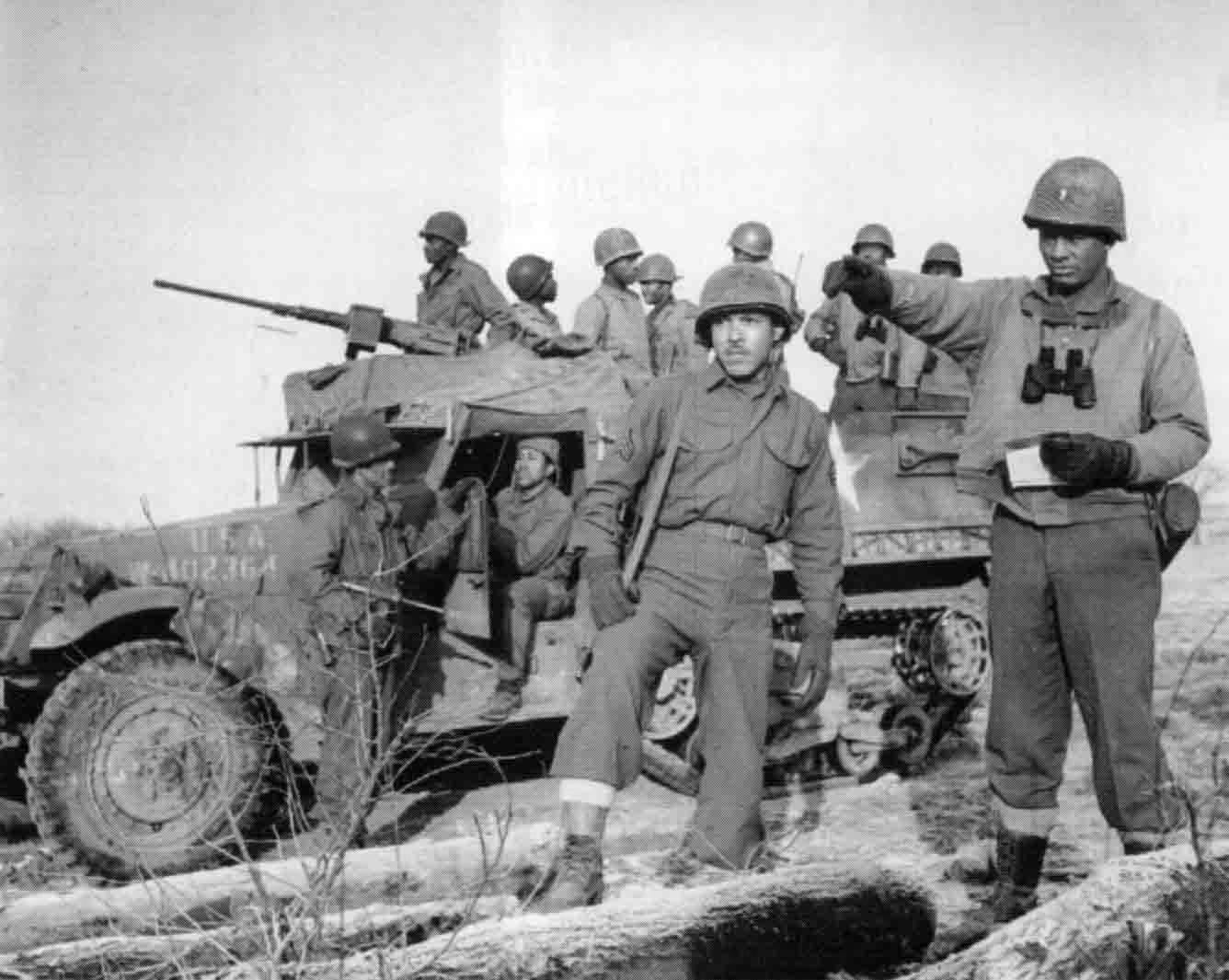
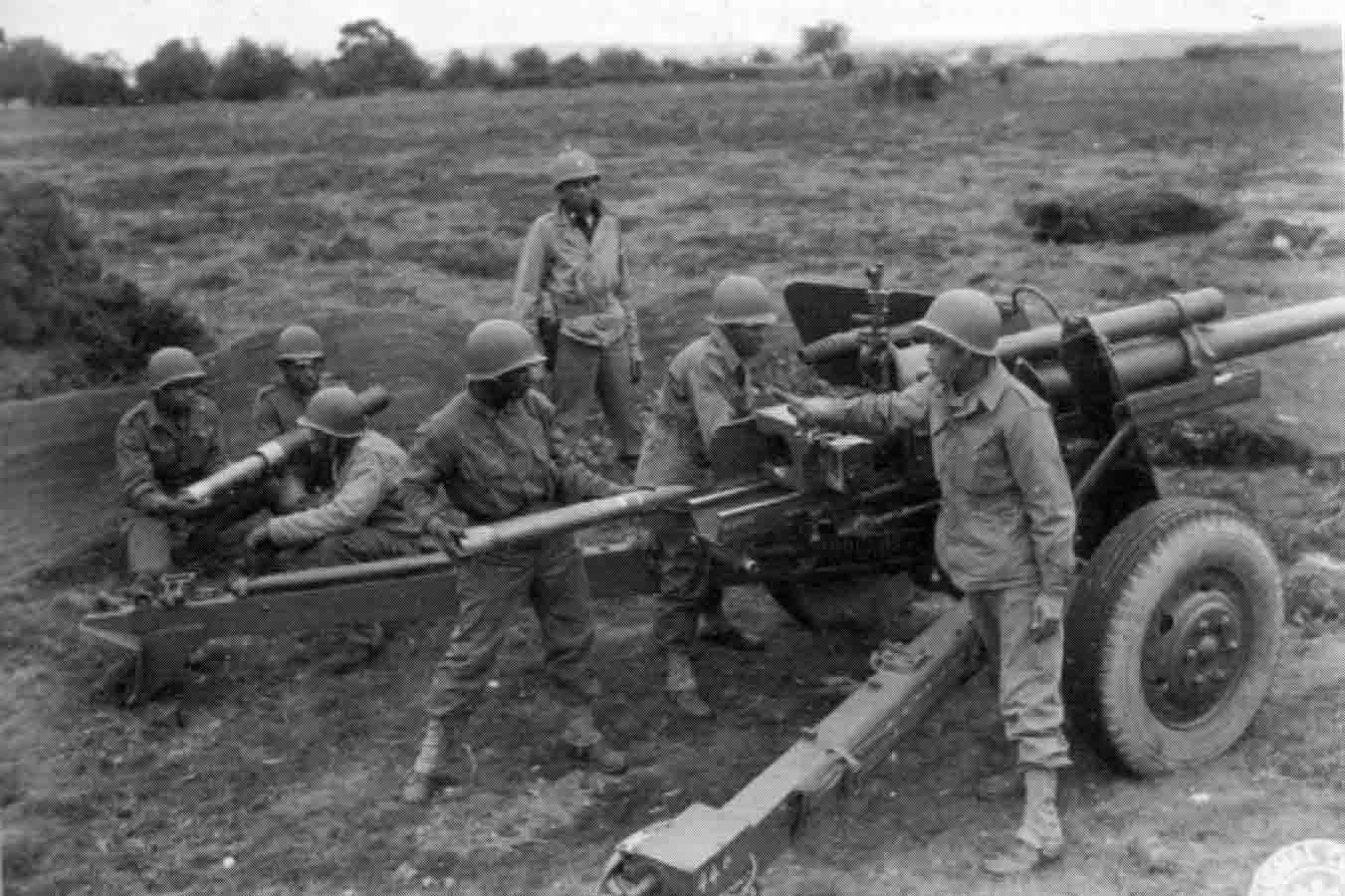
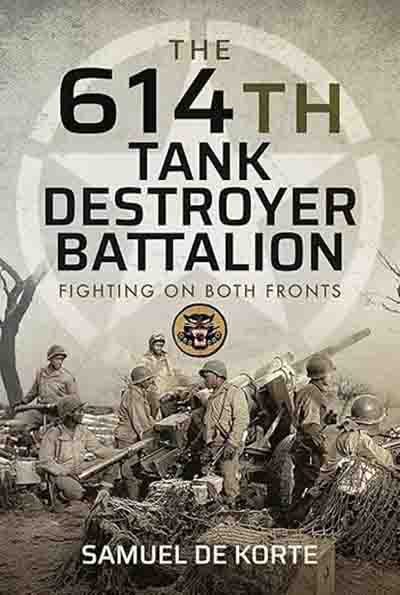
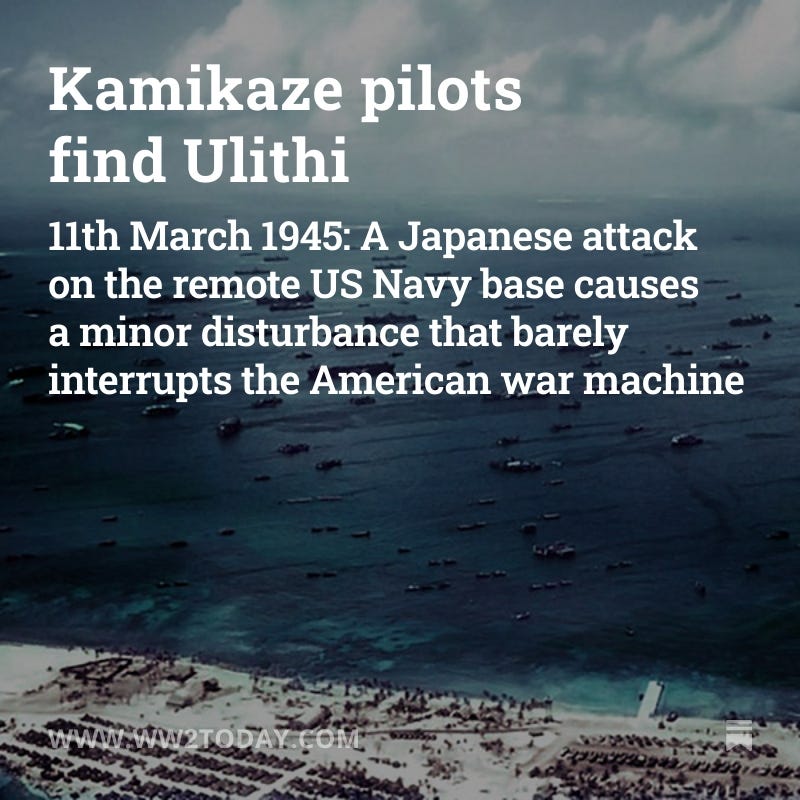
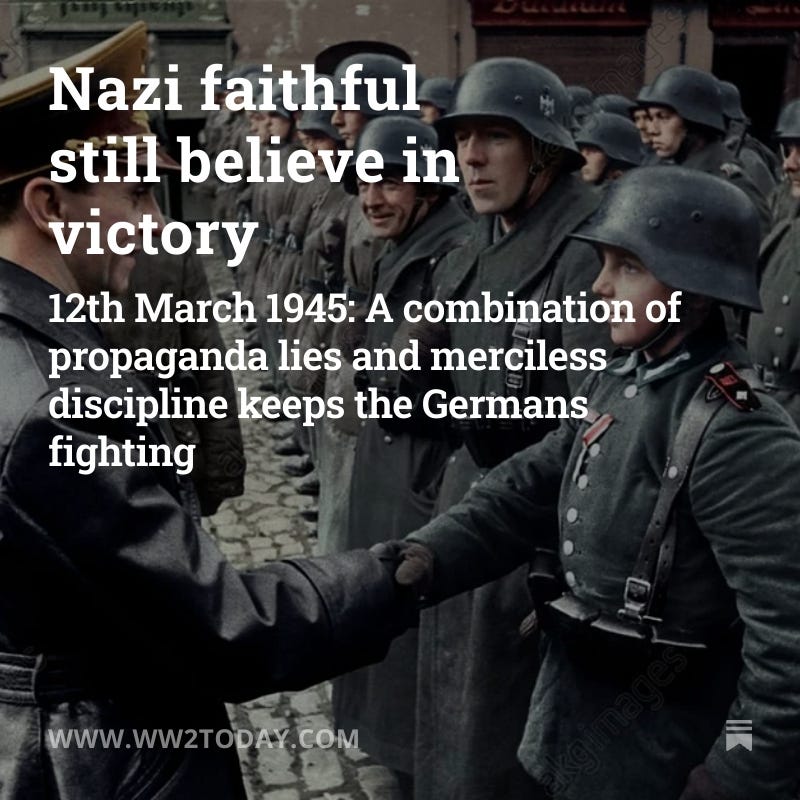
White Man’s War? Maybe? Everyone’s War Definitely 👍🏻 Regardless of Race.
The 332nd Expeditionary Operations Group, its modern name, was in World War II the 332nd Fighter Group, the famed Tusdkeegee Airmen. They were a fighter escort group with the Fifteenth Air Force flying out of Italy, known as the "Red Tails" for the marking on their P-51s. The 99th Pursuit Squadron of the unit had fought since Tunisia in the spring of 1943, the Battle of Pantelleria and the invasion of Siciliy, and as a ground attack unit in the Italian campaign in the spring of 1944 begfore they were tranferred to the "Forgotten Fifteenth" in whichthey served to the end of the war. Their commander was Benjamin O. Davis, who later commanded the 4th fighter Interceptor Wing in Kora and became the Air Force's first black General in the mid 50s.
You also missed the 761st Tank Battalion, the "Black Panthers" who fought with Patton's Third Army from September 1944 to the end of the war, Two of their members were finally awarded the Medal of Honor for their combat bravery in the 1990s. In the fall of 1944 and the fall/winter of 1944-45, they fought without a break for 180 days. They had been formed at Fort Hood in 1942 and were then utilized as the "aggressor unit" for training, until finally in the summer of 1944, Patton's losses were so large they were finally sent over to France.
I'm sure that drunken rapist moron playing at being SecDef and the rest of the MAGA Traitor Scum, are doing their best to wipe the history of all these units from the Pentagon in their pursuit of "lethality" in the battle to restore Jim Crow America (that's what "Make America Great Again" is all about).